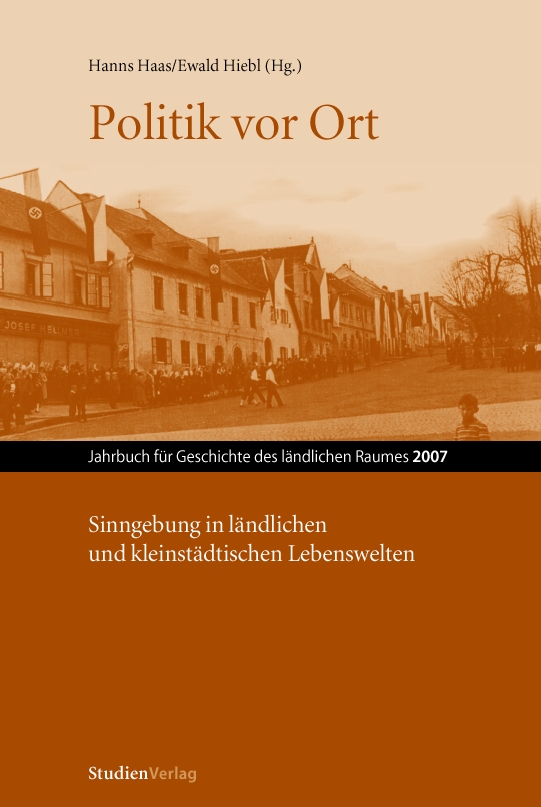Die Schaffung einer politischen Lebenswelt
Das Antifa-Umsiedlerdorf Zinna/Neuheim in Brandenburg
DOI:
https://doi.org/10.25365/rhy-2007-8Abstract
The article deals with the integration of Sudeten German antifascists (‘Antifa-Umsiedler’) in the enclave of Dorf Zinna/Neuheim in Brandenburg. After the end of World War II the German population living in the territories of restored Czechoslovakia was expelled from their homes. About 50.000 opponents of the Hitler regime – mostly communists or social democrats – who were also urged to leave their homes in Bohemia and Moravia were transferred by special transports to the Soviet Occupation Zone. The SED expected them to influence the rural regions politically and ideologically. To be successful, though, the newcomers had to be on the one hand politically and ideologically qualified and on the other hand integrated and accepted by the local population. The case study of Dorf Zinna/Neuheim shows that the group of 286 Sudeten German antifascists who came in February 1946 to settle in the depopulated village near Jüterbog was politically not homogeneous at all. Moreover, the strangers were at first not accepted by the local population, even refused by them when they showed their revolutionary traditions. Finally, integration was a matter of time and everyday encounters, very much promoted by working together in the factories of the VEB Gablona that were founded by the Sudeten Germans manufacturing traditional Bohemian jewelry.


